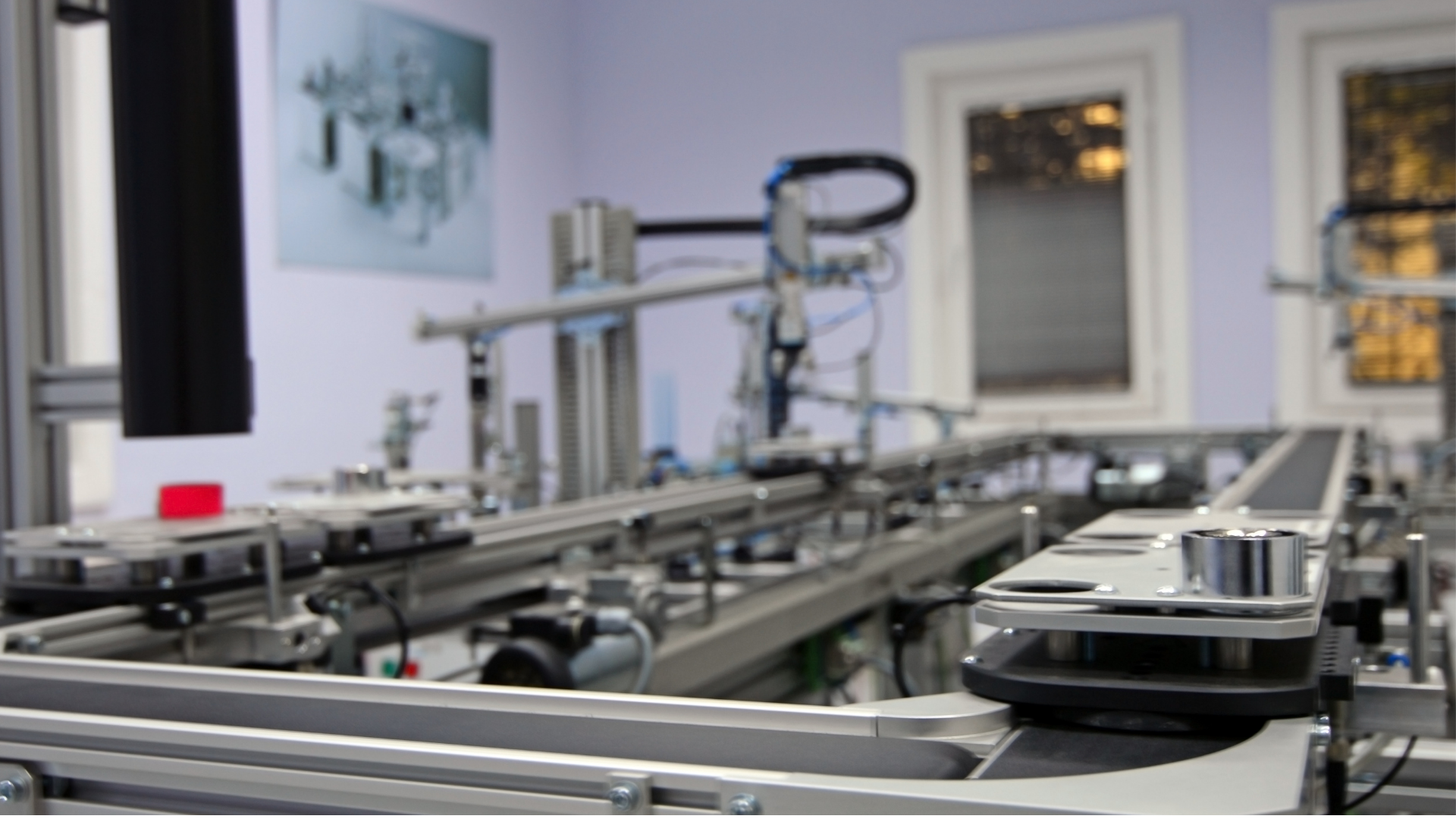Digitalization is currently permeating all phases of the value chain in companies across all industries. For the tool and machine construction industry, it was the Internet that put the term Industry 4.0 on the agenda. The goal of modern production is to intelligently network people, machines and various processes through information and communication technology. Networked systems are created that enable data and information exchange and thus intelligent interaction.
In the future, intelligent networked systems will be largely responsible for corporate success in the industry. Those who collect, structure and analyze data today have created the breeding ground for the development of intelligent services with added value for the customer and at the same time promote networking, productivity, security and scalability in the company.
In an exciting project, HYVE supported a company from the machine and tool manufacturing industry in developing a customer-centric service tool. The tool is to be used primarily by sales staff during the service check of a device distributed by the company. In the process, data is generated daily from the tools delivered, which has been processed, analyzed and evaluated in the company using complex processes up to now.
Our customer was looking for a platform that would document and analyze the data generated during the use of the tools in a structured manner and thus make it usable. The challenge was to build a web application that works on all operating systems worldwide and can be easily used by users with different devices and IT skills.
Design Thinking is key: Learn – Ideate – Test – Build
The extensive project was divided into several phases at the beginning, following the Lean Startup approach: Learn – Ideate – Test – Build.
In the learn phase, the pain points, the wishes and needs of the users (primarily employees in the sales of product development) were uncovered with the help of various market research methods (including interviews).
Based on this, in the Ideation Phase, the creative phase, possible solutions were designed together with experts in the field of user experience/user interface design, software development and data analysis, users and important stakeholders.

In the build phase, the initial concept was implemented as a clickable dummy. E clickable dummy is a design prototype, which makes it possible to experience the look and feel of the concept with a reduced range of functions. With this prototype we collected early feedback from the users to optimize the web development based on this feedback and to implement it in a functional prototype together with HYVE’s UX/UI designers and software developers.
No software launch without extensive testing – HYVE followed this principle also in this project and put the prototype through its paces together with sales managers and users. After the final polish, the functional platform for processing, analyzing and evaluating data and assessing economic efficiency went live. The resulting web application allows the process to be scaled globally, yet customized in regional markets to optimize usability.
Key points of this Success story:
- Customer-centric development
- Focus on essential & value-added functions
- Fast, efficient and instructive prototyping iterations
- Open Mindness: With early involvement of real users in testing
- Continuous development through cyclical user feedback
Key factor “communication” – important terms in IT projects
For such a project to be successfully implemented, it is particularly important that all project members have the same understanding of the project scope and speak the same language. We would be lying if we claimed to have never experienced a client talking about an “app” until the end of the project, although at the beginning it was clearly talked about web development. So here are a few technical terminologies and details used in this project:
What is web development?
Web applications are a cornerstone of recent digitization. Many processes are improved or completely replaced by applications that run through the web browser. The web browser has established itself as the most valuable platform because it works on most devices and operating systems. We see many companies investing in the benefits of digitized processes and tools that take advantage of web applications.
What are single page applications, rest interfaces & ERP integration?
These are web applications that are delivered through a single endpoint and built on the user’s device (from a single page, the entire application unfolds). Single page applications are beneficial to untangle front-end and back-end.
In this project, HYVE developed both front-end and back-end and at a later stage replaced the back-end with a customer ERP-based back-end.
REST interfaces are a key driver of modern web applications; they standardize the interface between front-end and back-end. In this case, it allowed an SAP backend to provide and receive content for a modern javascript-based web application.
Why is responsive web app development and cross-device usability important?
At our client, employees use a wide variety of devices before, during, and after equipment testing. Responsiveness and mobile-optimized output of the web development was therefore of high importance.
What are progressive web apps?
Progressive web apps are an approach that leverages the capabilities of web browsers to deliver parts of a web application without the need for the Internet. Progressive web apps aim to improve the experience and reduce load times, but at the same time, these features can be used to provide offline usability to the web application. In this project, this was particularly important to consider, as the user is often in regions with low network coverage, but still needs to be able to use the application.


